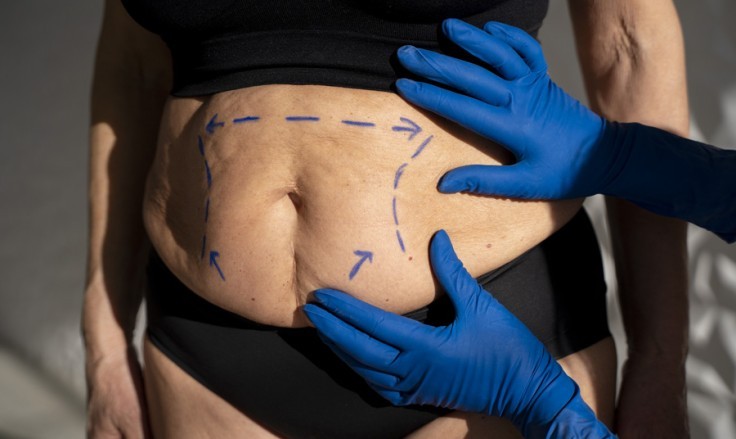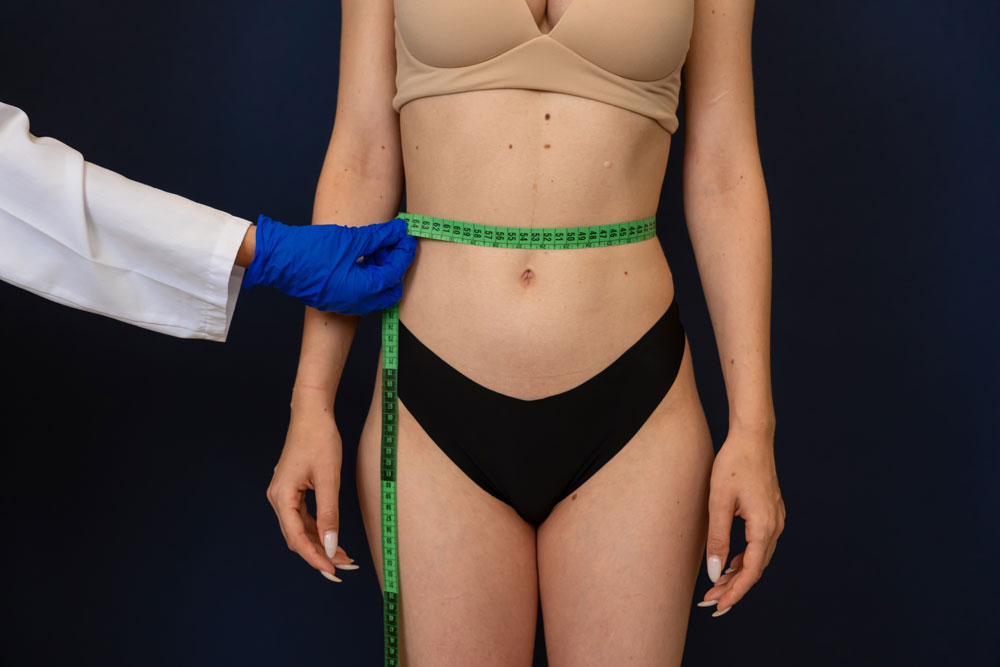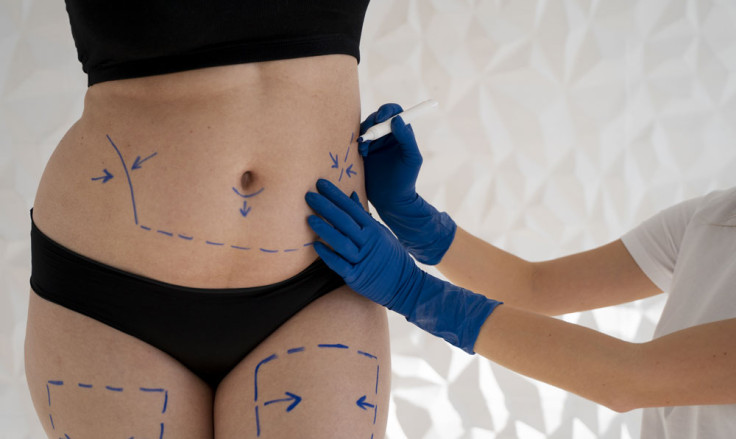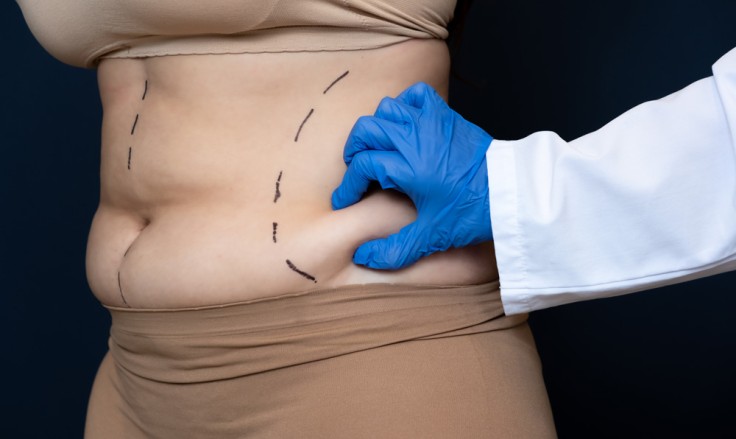8 Tips for a Faster Recovery After Liposuction
Introduction
Liposuction is a popular cosmetic procedure designed to remove excess fat and contour the body. While the results can be highly satisfying, proper care during recovery is essential to achieve the best outcome. Following these eight tips can help you recover faster after liposuction. Allowing you to enjoy your new look sooner!
1. Follow Your Surgeon’s Post-Operative Instructions
Your surgeon will provide specific post-operative instructions tailored to your procedure. Adhering to these guidelines is crucial for a smooth and quick recovery.
- Medication: Take all prescribed medications as directed to manage pain and prevent infection.
- Wound Care: Keep the incision sites clean and dry. Follow your surgeon’s advice on dressing changes and showering.
- Activity Restrictions: Avoid strenuous activities and heavy lifting as instructed by your surgeon. This will help prevent complications.
2. Wear Your Compression Garment
Wearing a compression garment is essential after liposuction. This garment plays a key role in your recovery by minimising swelling and supporting the healing process.
- Benefits: The compression garment helps reduce swelling, supports the treated areas, and helps the skin conform to the new contours.
- Duration: Wear the garment as directed by your surgeon, typically for several weeks. Only remove it when showering.
3. Stay Hydrated
Staying hydrated is vital for your body’s healing process. Proper hydration helps reduce swelling and promotes the elimination of toxins from your body.
- Water Intake: Drink plenty of water throughout the day. Aim for at least eight glasses or more, depending on your activity level.
- Avoid Dehydrating Substances: Limit or avoid alcohol, caffeine, and sugary drinks, as they can dehydrate your body and hinder recovery.
4. Maintain a Healthy Diet
Eating a balanced diet rich in nutrients is crucial for your body’s recovery after liposuction. Proper nutrition supports healing and helps you maintain your new body shape.
- Nutrient-Rich Foods: Focus on fruits, vegetables, lean proteins, and whole grains. These foods provide the vitamins and minerals your body needs for tissue repair.
- Avoid Processed Foods: Steer clear of processed and high-sodium foods, which can cause inflammation and water retention, slowing down recovery.
5. Engage in Light Physical Activity
While rest is important, light physical activity can promote circulation and speed up recovery after liposuction. It’s essential to strike a balance between rest and gentle movement.
- Walking: Take short, gentle walks around your home as soon as you feel comfortable. Walking helps improve blood flow and reduces the risk of blood clots.
- Avoid Strenuous Exercise: Avoid any activities that strain the treated areas until your surgeon gives you the green light to resume more intense exercise.
6. Get Plenty of Rest
Rest is crucial for your body’s recovery. Ensuring you get enough rest allows your body to heal properly and reduces the risk of complications.
- Sleep: Aim for at least eight hours of sleep each night. Good sleep supports your body’s natural healing processes.
- Rest Period: Take time off work and avoid strenuous activities during the initial recovery period. Listen to your body and rest as needed.
7. Monitor for Signs of Complications
It’s important to be aware of the signs of potential complications after liposuction. Early detection of issues can prevent more serious problems.
- Infection: Look out for symptoms like increased redness, swelling, warmth, or discharge from the incision sites. Fever and chills may also indicate an infection.
- Excessive Swelling or Pain: While some swelling and discomfort are normal, excessive swelling, severe pain, or any sudden changes should be reported to your surgeon immediately.
8. Attend All Follow-Up Appointments
Regular follow-up appointments with your surgeon are essential for monitoring your recovery progress. These visits allow your surgeon to assess your healing and address any concerns.
- Scheduled Visits: Attend all scheduled follow-up visits to ensure your recovery is on track. Your surgeon will check the treated areas, remove stitches if necessary, and monitor for any complications.
- Ongoing Communication: Stay in touch with your surgeon during your recovery. If you have any concerns or questions, don’t hesitate to reach out for advice.
Conclusion
A smooth and speedy recovery after liposuction is possible with the right care and attention. By following these eight tips, including adhering to your surgeon’s instructions, staying hydrated, eating a healthy diet, and attending follow-up appointments, you can help your body heal faster and achieve the best possible results. Remember, your body needs time to recover, so be patient and take care of yourself during this important healing period.
For more information on liposuction surgery with ACIBADEM, please visit the ACIBADEM Beauty Center webpage.




